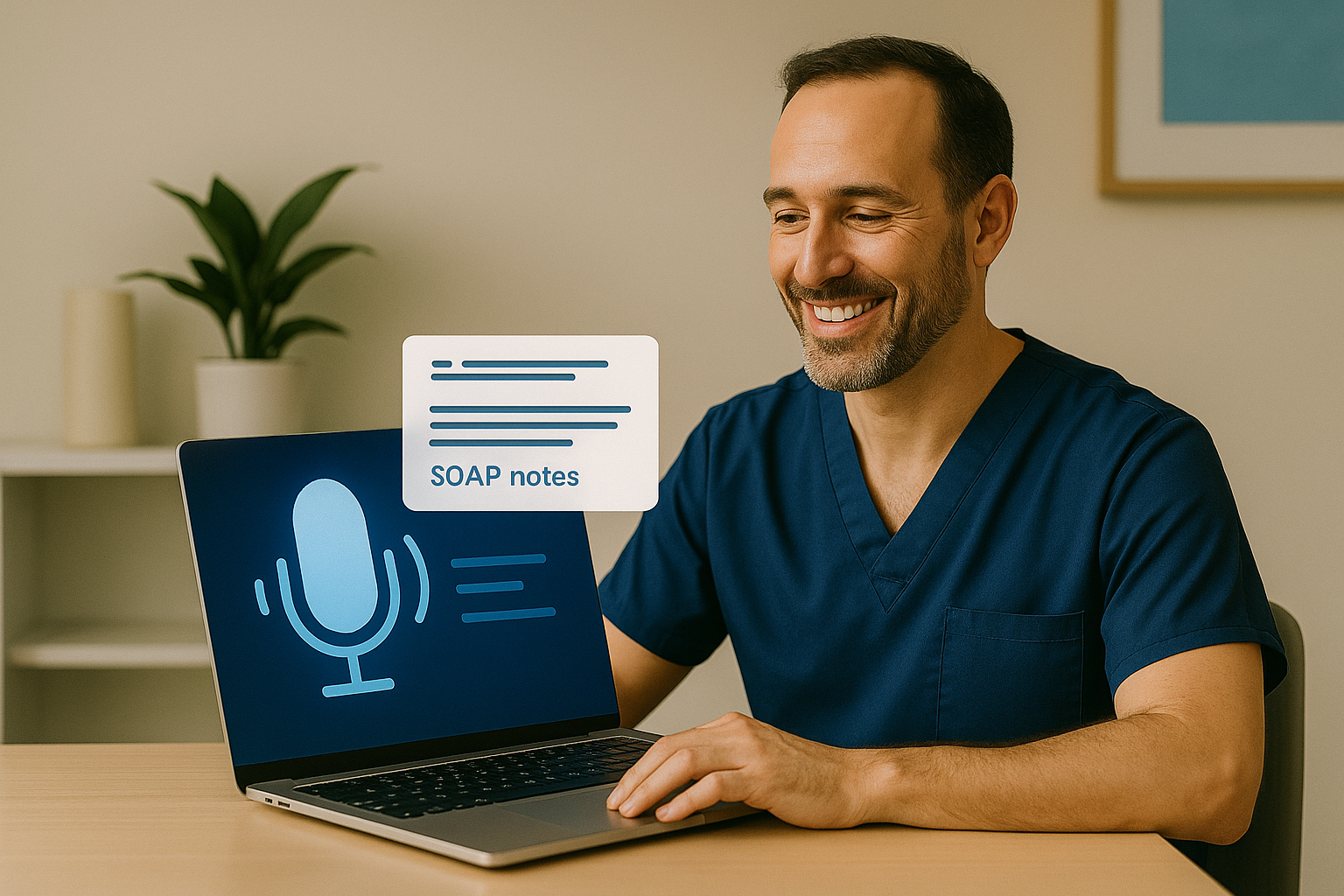How to Increase Treatment Acceptance Without Expensive Technology: 12 Proven Techniques
The $847,000 Treatment Acceptance Gap
The average dental practice achieves only 58% treatment acceptance, leaving $847,000+ in recommended treatments unaccepted annually. While interactive patient education platforms can dramatically increase these rates, these twelve proven techniques deliver immediate improvements using existing resources and refined communication skills.
Technique #1: The Visual Triangle Method
Present treatment information using three visual elements: current condition photo, treatment illustration, and expected outcome image. This visual progression helps patients understand both problem severity and solution benefits.
Implementation Steps:
Use existing intraoral camera for current condition photos. Create simple before/after treatment illustrations using free design software. Display all three images simultaneously during consultation to create visual narrative.
Technique #2: The 'What If We Wait' Framework
Address postponement concerns by explaining progression consequences. Present timeline scenarios showing 6-month, 1-year, and 2-year outcomes without treatment.
Effective Script:
"I understand you'd like to think about this treatment. Let me show you what typically happens if we wait 6 months..." [Show progression images]. "This helps you make an informed decision about timing."
Technique #3: Treatment Options Hierarchy
Present 2-3 treatment options ranked by effectiveness, longevity, and investment. Always include a premium option, standard option, and basic alternative when possible.
Options Presentation Structure:
Premium option: "The gold standard treatment offering maximum longevity and aesthetics." Standard option: "Our most popular choice balancing effectiveness and investment." Basic option: "Addresses immediate concerns with minimal intervention."
Technique #4: The Empathy Bridge Technique
Connect with patient concerns before presenting solutions. Acknowledge their situation and demonstrate understanding of their priorities and constraints.
Empathy Bridge Scripts:
"I understand dental treatment can feel overwhelming. Let me explain this in simple terms..." "Many patients share your concerns about [specific worry]. Here's what I recommend based on similar situations..."
Technique #5: Timeline Urgency Without Pressure
Create appropriate urgency by explaining optimal treatment windows without creating false pressure. Focus on biological timelines rather than arbitrary deadlines.
Urgency Language:
"We have an ideal window for this treatment over the next 4-6 months before the condition progresses." "Addressing this now prevents more extensive treatment later."
Technique #6: Investment Justification Formula
Help patients understand treatment value by breaking down costs per day, comparing to alternatives, and emphasizing prevention benefits.
Cost Justification Examples:
"This crown investment breaks down to less than $2 per day over 15 years." "Treating this now costs significantly less than the root canal and crown you'll need if we wait."
Technique #7: The Collaborative Decision Approach
Include patients in treatment planning decisions. Ask for their input on priorities, concerns, and preferences to create collaborative rather than prescriptive relationships.
Collaborative Questions:
"What's most important to you - durability, aesthetics, or minimizing appointments?" "How does this fit with your health priorities?" "What questions can I answer to help you feel confident about this decision?"
Technique #8: Social Proof Integration
Share relevant success stories from similar patients while maintaining confidentiality. Use general examples that help patients visualize successful outcomes.
Social Proof Examples:
"I've treated many patients with similar conditions, and they consistently tell me they wish they'd done this treatment sooner." "Most patients are surprised by how comfortable this procedure is."
Technique #9: The Follow-Up Sequence
Create systematic follow-up for undecided patients. Provide additional information, address new questions, and maintain supportive communication.
Follow-Up Timeline:
48 hours: Call to answer any additional questions. 1 week: Email with relevant educational resources. 2 weeks: Check-in call offering to discuss concerns. 1 month: Final outreach before placing in long-term follow-up.
Technique #10: Family Member Integration
When appropriate, include family members in treatment discussions. Provide information that helps patients discuss treatments with spouses or partners.
Family Integration Strategies:
Offer to speak with spouses during consultation calls. Provide take-home information packets for family discussion. Schedule family consultation appointments when needed for major treatments.
Technique #11: Payment Option Clarity
Present clear payment options without focusing primarily on cost. Lead with treatment benefits, then explain accessible payment arrangements.
Payment Presentation Order:
First, confirm treatment understanding and acceptance. Then, present payment options from most accessible to traditional. Explain financing terms clearly without rushing through details.
Technique #12: The Confidence Close
End consultations with confidence in your recommendations while respecting patient autonomy. Provide clear next steps regardless of their immediate decision.
Confidence Close Scripts:
"Based on my examination, this is the treatment I recommend for optimal results. What questions can I answer to help you move forward?" "I'm confident this treatment will address your concerns effectively. How would you like to proceed?"
Measuring Treatment Acceptance Success
Paragraph 26: Track acceptance rates by procedure type, provider, and presentation method. Monitor follow-up conversion rates and identify patterns in patient objections.
Advanced Patient Education Considerations
While interactive patient education platforms can automate much of this process and achieve 91%+ acceptance rates through immersive experiences, mastering these fundamentals ensures success regardless of technology. These communication techniques form the foundation for any patient education approach, whether manual or automated.
Free Download: Treatment Presentation Toolkit
Download our complete toolkit including presentation scripts, follow-up templates, and acceptance tracking spreadsheets to implement these techniques immediately.






